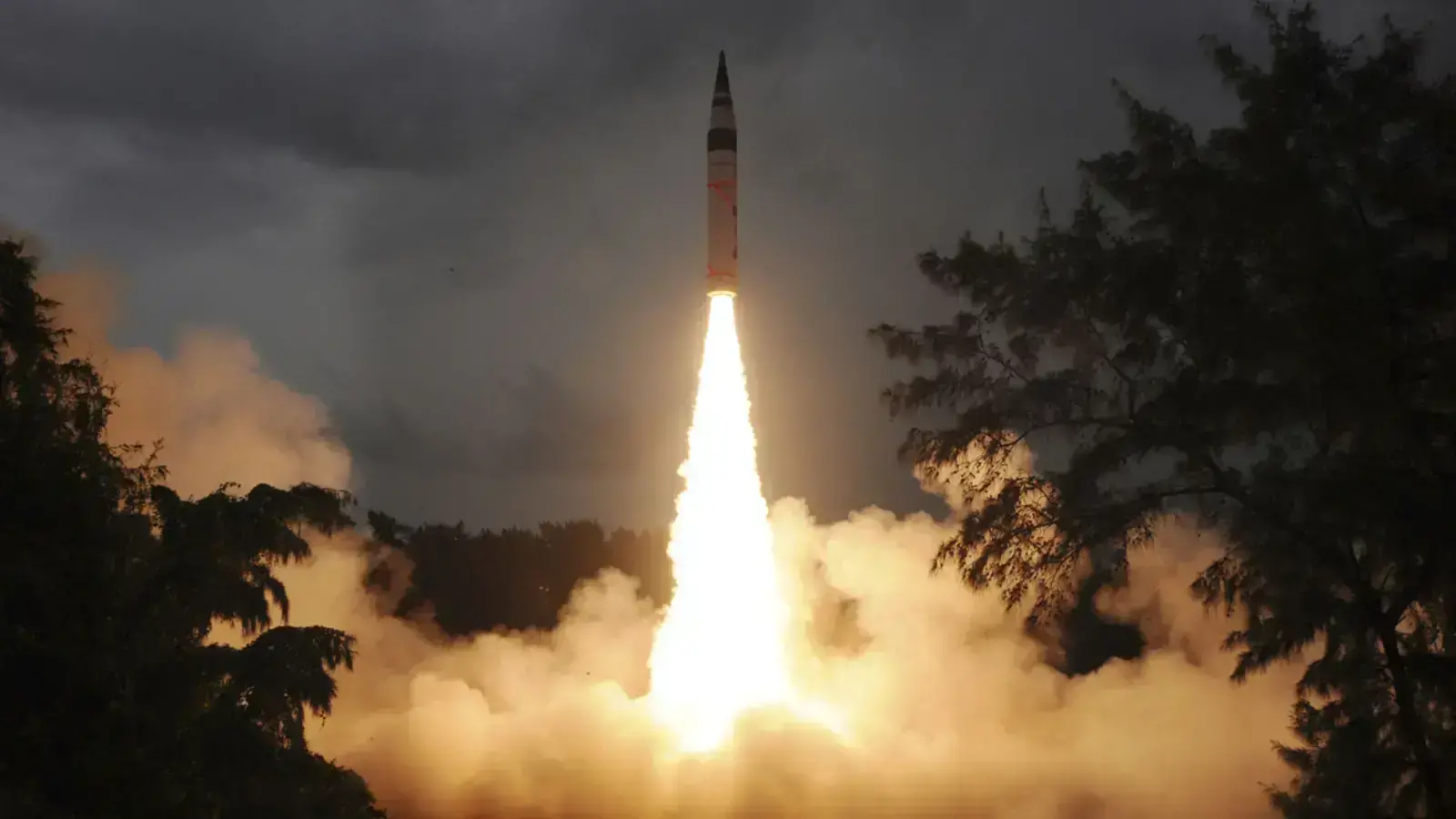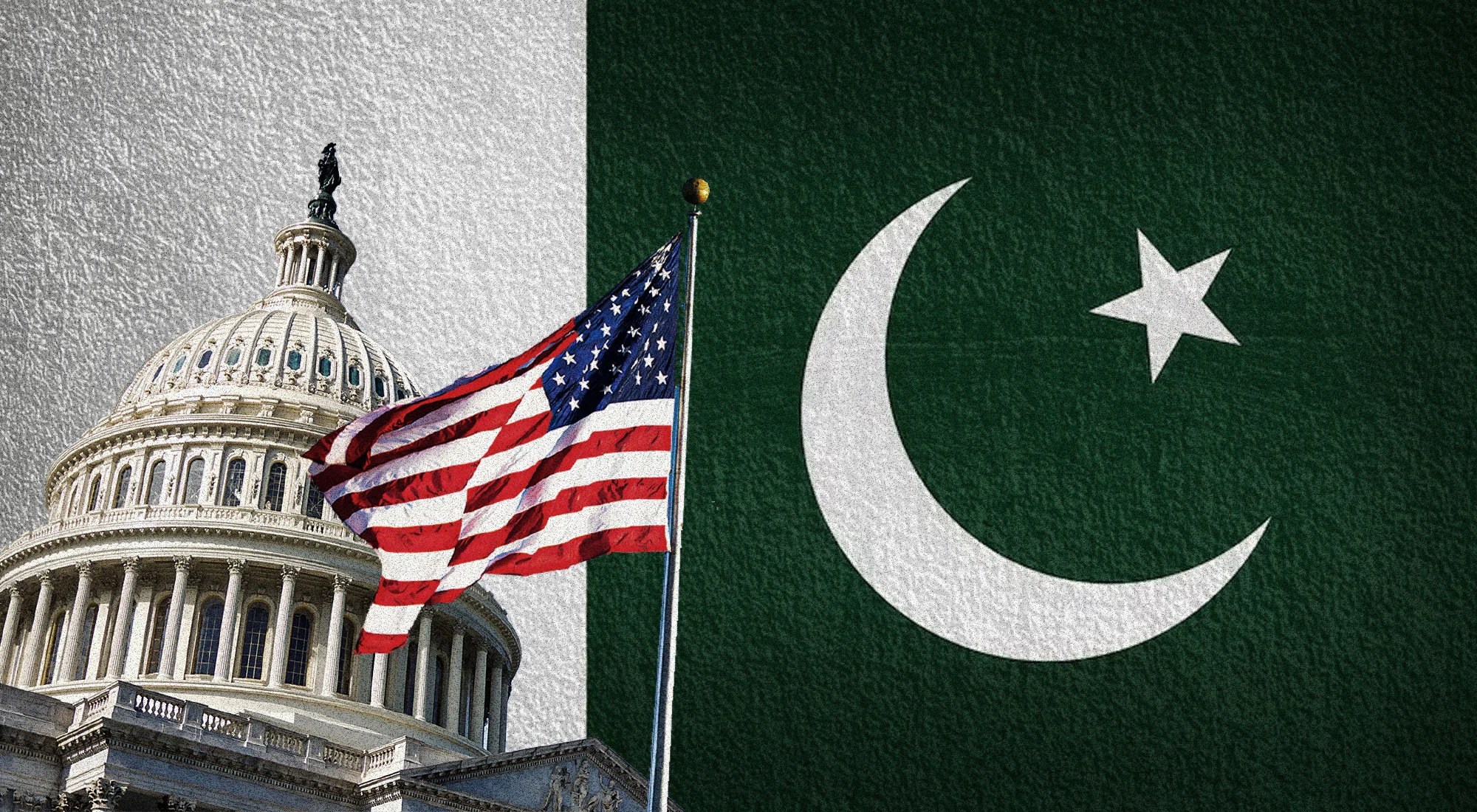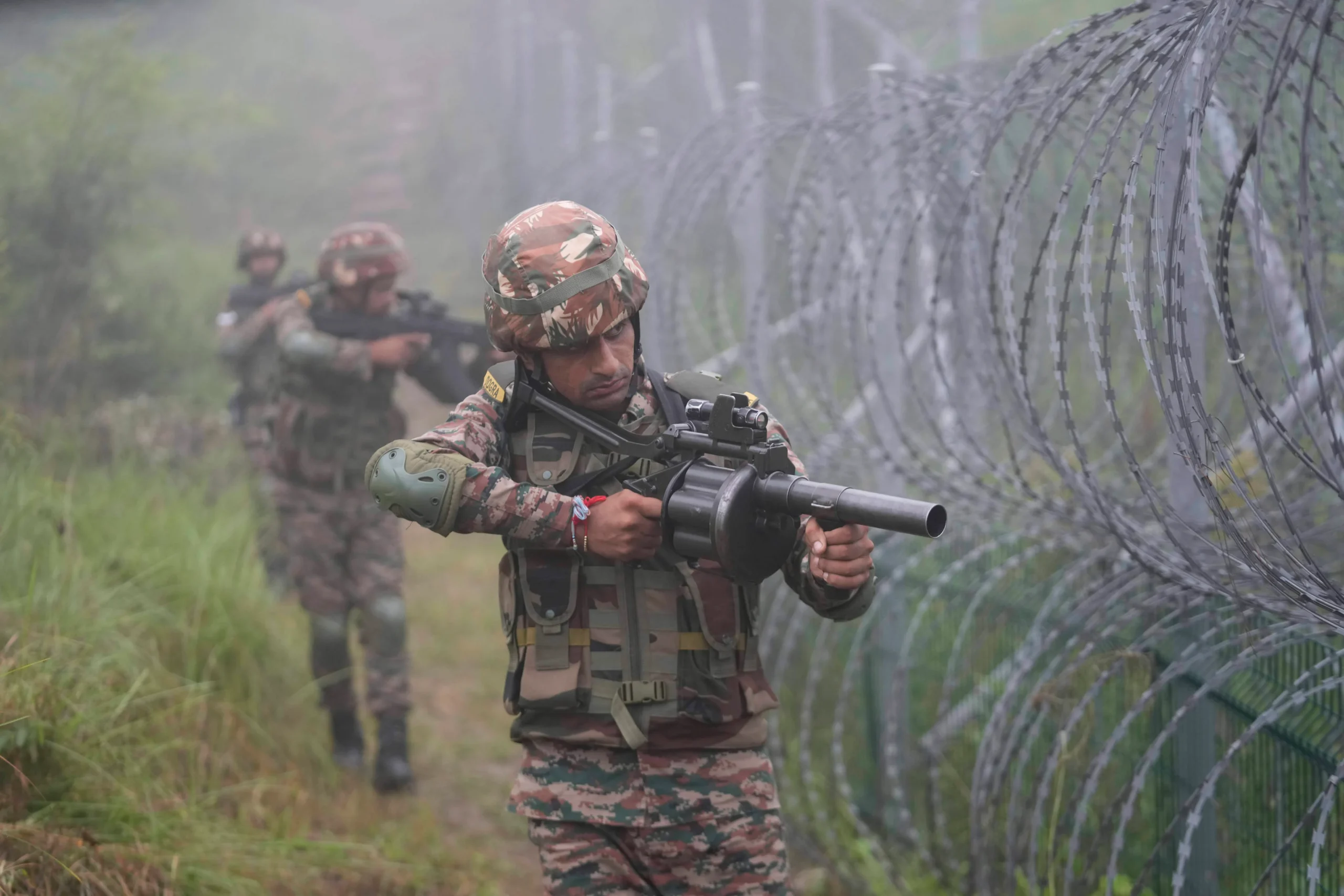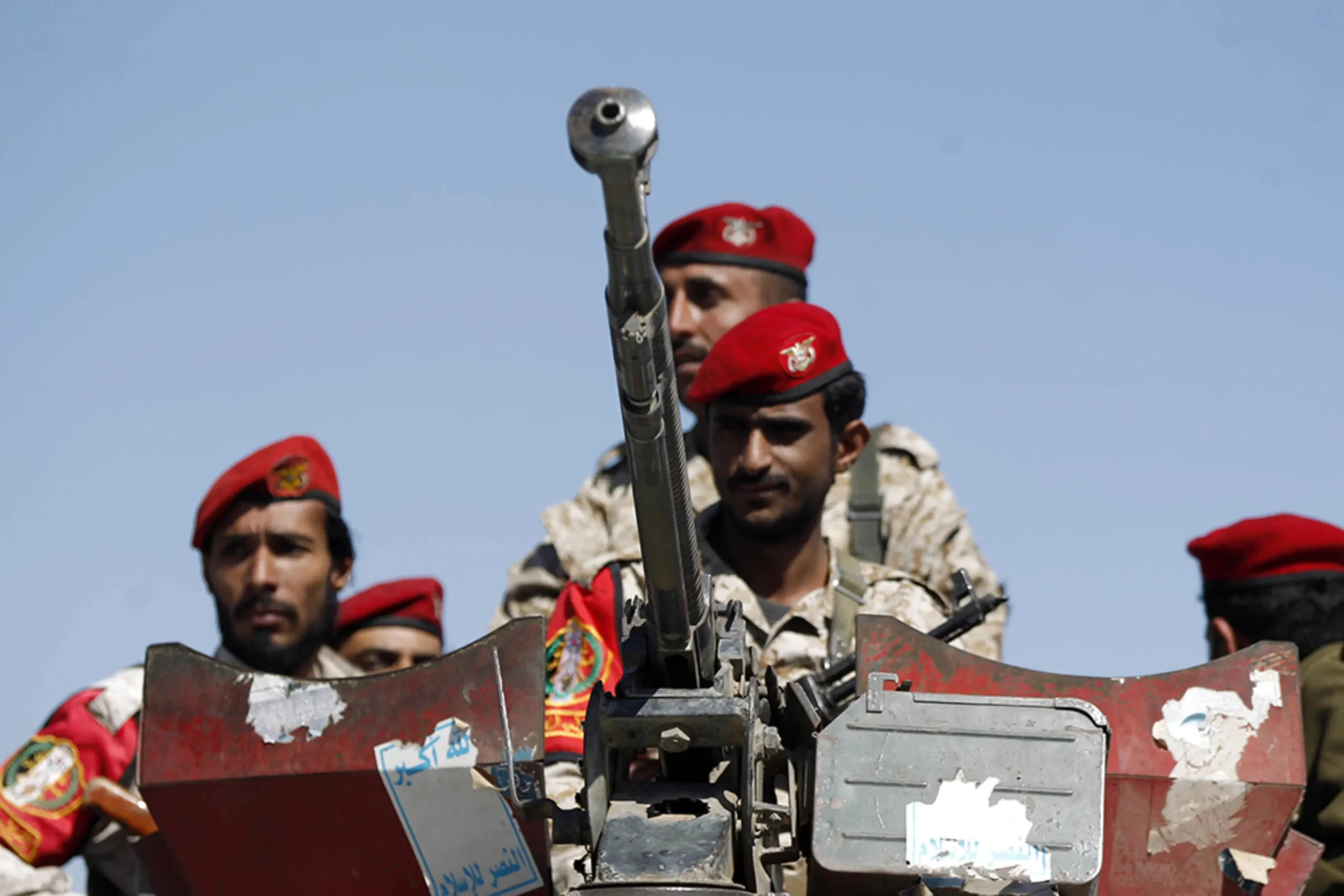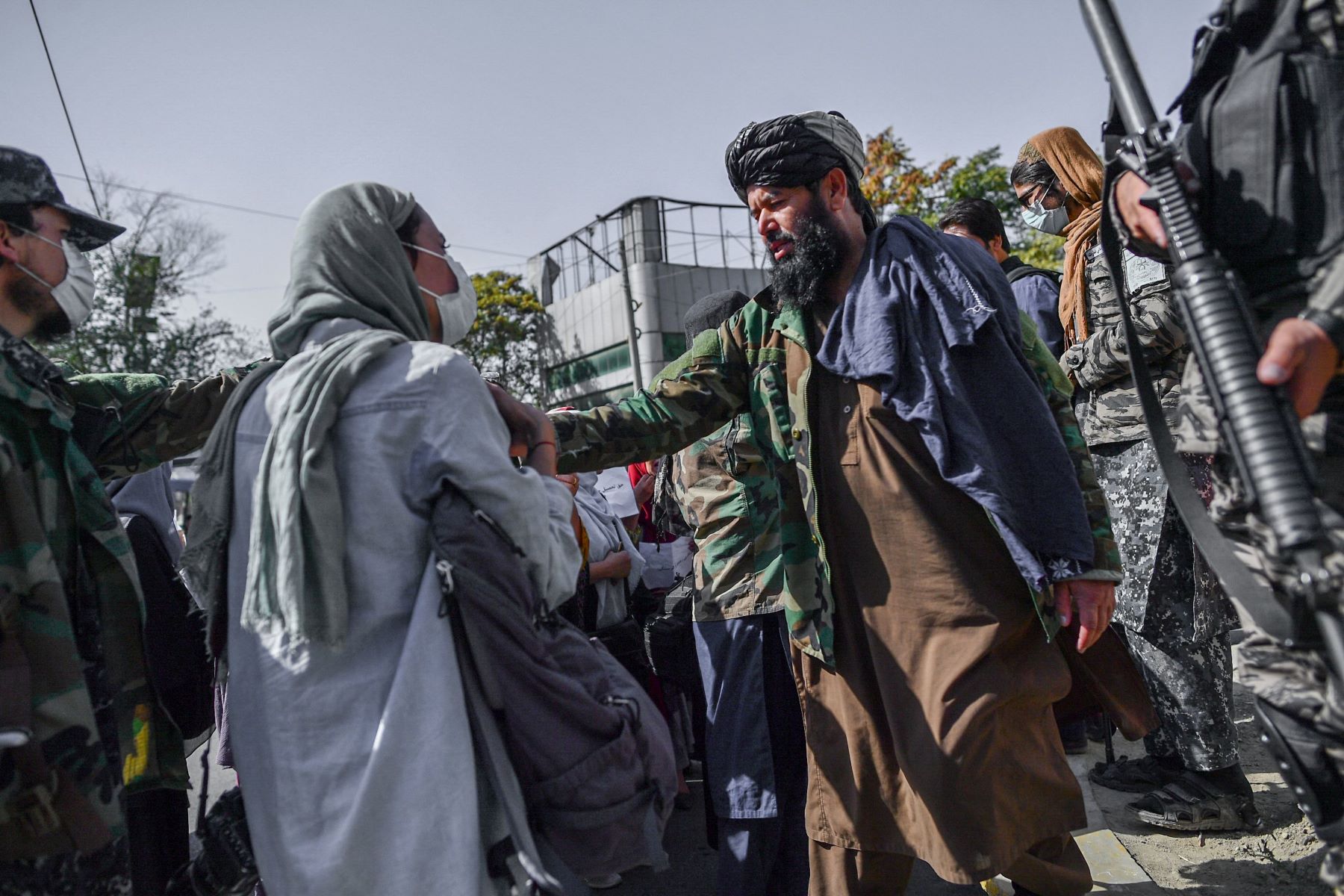South Asian Nuclear Powers – Pakistan, India, and China all three contenders have bitter histories and keep on fueling the roots of their animosities. Pakistan and India are generally assumed and referred to as ‘Traditional Foes’ with Kashmir as the focal issue. These two countries have fought wars approximately four times and out of these three wars were initiated due to the dispute of the Kashmir region.
India has a similar issue with China as both countries claim a large portion of Aksai Chin that links Tibet with Western China. The two countries fought a four-week-long war over the border in 1962, concluding with a cease-fire and establishing the de-facto boundary referred to as the Line of Actual Control (LAC).
Nuclear Dynamics and Strategic Uncertainty
Now that all three countries possess nuclear capabilities, the collective of the region is overshadowed with uncertainty. This uncertainty can be felt and comprehended only through a thorough analysis of the strategic rivalries and the overall security environment in South Asia.
![Chinese soldiers guard the Nathu La pass between India and Tibet on October 3, 1967. [Image via Getty Images]](https://southasiatimes.org/wp-content/uploads/2024/07/bd24b4110e9f4b73b3ea02c297dae564_8-1024x796.webp)
Escalation and Nuclear Dynamics
The stability of deterrence between India and Pakistan is gradually diminishing with time and the increase in the number of atomic weapons.
India and Pakistan have not referred to fundamental questions in controversy, nor have they agreed to leave them alone. Direct exchange and different methods for availability are purposely described. The spoilers that limit Pakistan’s reconciliation with India are all still in place and are not very well managed. The last massive, lethal act of barbarity against India was in 2008, planned against significant targets in Mumbai.
These psychological oppressor acts effectively counteracted attempts by the leaders of India and Pakistan to enhance relations. Seven years ago, another terrible act of fanatic barbarity planned against the Indian Parliament house had nearly pushed India and Pakistan into a war. India and Pakistan are still not any closer to resolving their disparities even after 13 years of the Mumbai attacks in 2021. Other things being equal, apostasy is painfully obvious. The problem of the disputed border line of Kashmir, which was relatively stable from 2003 to 2013, has again become active. After the scrapping of Article 370 by the Indian Government in the year 2019 in the Occupied Jammu and Kashmir, the situation in Kashmir escalated which the Indian state had to contain through enforcing a brutal clampdown.
Escalation Risks and Deterrence Strategies
Following the heightened tensions, both Pakistan and India escalated their confrontations along the border, resulting in violations of each other’s airspace. This included the shooting down of two Indian Air Force fighter jets, with one pilot being captured alive by Pakistan and later released to India.
There are two types of delivery vehicles: short-range systems that must operate near the front lines and sea-based systems. The latter are especially dangerous when command and control are uncertain, and operational security is questionable. These conditions are currently valid for Pakistan’s interests in short-range systems to counter India’s customary military preferences and for India’s ocean-based atomic abilities that are going online. Prevention dependability can be ensured most rapidly about those states that have no reason to fight – or if they do, their nuclear and conventional capabilities are balanced, and public policies are similar.
Atomic abilities are generally equivalent on the subcontinent, however aberrations in public force are extraordinary what’s more, developing. The appearance of new military innovations and asset focal points will additionally broaden India’s lead over Pakistan in regular abilities while giving India the ability to dominate Pakistan in atomic capacities. Pakistan’s security chiefs are gaining ground to recover the writ of the state against vicious radicals — yet not against the individuals who are bound and determined against more ordinary binds with India. Pakistan’s atomic abilities proceed to develop as social and monetary conditions mope.
![Kashmir's map; A place known as the nuclear flashpoint for South Asian Nuclear Powers [Image via Creative Commons].](https://southasiatimes.org/wp-content/uploads/2024/07/Kashmir_Jammu_Map-1024x1024.webp)
Role of China in South Asian Security
As in future clash situations, the part of China in South Asian security issues is crucial while considering two real factors.
- The actual hostility between India and China.
- The long-standing ‘all-weather’ political and military alliance between Pakistan and China.
Indian investigators frequently allude to the move of atomic and rocket innovation from Beijing to Islamabad as confirmation of an encompassed danger to India. Atomic and rocket innovation transfers to Pakistan, Beijing thus positions India toward the South Asian key structure, and this pushes New Delhi’s articulated need to search for a more global part. From the viewpoint of the Chinese political foundation, the issue is India’s security augmentation, its desire and advancement toward a more grounded local and worldwide part, and its developing strategic relations with Washington.
Accordingly, any evaluation of the South Asian multiplication structure takes into account the Sino-Indian rivalry and confrontation, the nadir of which was the 1962 war. Recently, Indian and Chinese leaders and special envoys have had routine talks on the boundary question on which a meeting was held in April 2007. During the initial stages of such talks, China permitted actual recognition of Sikkim as a part of India and in return, India recognized Tibet as a part of China. However, real differences still exist. They are for purposeful and meaningful areas, for instance, the territory of Arunachal Pradesh has been claimed by China while India has claimed Aksai Chin, and some parts of Kashmir are administered by Pakistan and given to China.
Similarly, despite ongoing peace dialogues and Confidence-building Measures (CBMs), India and Pakistan continue to prepare for future threats. Both nations maintain a strategy to respond to potential emergent situations, such as Operation Parakram in 2001-2002. This is accomplished by developing more reliable nuclear delivery systems (particularly the long-range ballistic missiles), refining and increasing fissile material inventory, and integrating conventional weaponry into modern warfare fighting doctrines.
Military Modernization and Regional Stability
At the same time, the current threat perceptions between India and China are not as acute as between India and Pakistan, which are more immediate and based on a ‘hot’ local issue and state-sponsored terror threats. Over time, examiners in New Delhi have for quite some time now been stressing on the Chinese military modernization as a threatening use of force to India.

This modernization includes rocket improvement. For instance, the present launching of the DF-21 and DF-3 rockets in Qinghai and Yunnan provinces. Moreover, there is some ambiguity in Indian investigators about how Beijing’s declared strategy is that of minimum deterrence, the deployment of missiles, for instance, DF-3 and DF-21 reflects a policy of nuclear threats and under certain circumstances does not rule out a first negative score against its neighbors. It is likewise conceivable that since 1998, Beijing may have deployed nuclear weapons on the Tibetan plateau in response to an apparent Indian ordinary military bit of leeway and the May 1998 atomic tests.
Also Read: India’s Nuclear Doctrine: The Changing Trends
Implications for South Asian Security Architecture
Therefore, despite the growth of exchange between the different sides, there is some level of concern in India regarding China’s long-term intentions especially given projections of increased competition between the two countries for global energy resources. The concern in New Delhi is that if the reciprocal relations turn negative at some point in the future, then China’s current military modernization will provide Beijing with a significantly preferred position.
China’s interests over future developments of the United States (US) atomic arms stockpile, rocket protection and space domination plans also reduce the possibility of any immediate restraint as far as Beijing’s atomic plans are concerned. Thus there is a chain reaction in South Asia where at least New Delhi has to maintain its present relative capabilities vis-a-vis Beijing, if not enhance them.
The security challenges are interrelated in the Asia-Pacific region and influence the stability of safeguard strategies.
Therefore, it can be concluded that the dynamics of the proliferation of weapons of mass destruction in the subcontinent depend on many factors related to security concerns, regional and global politics, and internal factors. Although India and Pakistan understand the importance of supporting nonproliferation, the initiatives that stem from national interests come first. This is especially so bearing in mind that some of the territorial issues in South Asia have not been resolved even after the peace negotiations have been going on for some time. In general terms, proliferation dynamics in South Asia stem from the desire to attain some degree of balance against the main Rivals-India vis-à-vis China and Pakistan vis-à-vis India. Such competing security strategies guarantee that nuclear upgrades, involving production of fissile material and improvement of delivery systems will persist for the moment.
The views expressed in this write-up are the author’s own. They do not necessarily reflect the editorial policy of the South Asia Times.

